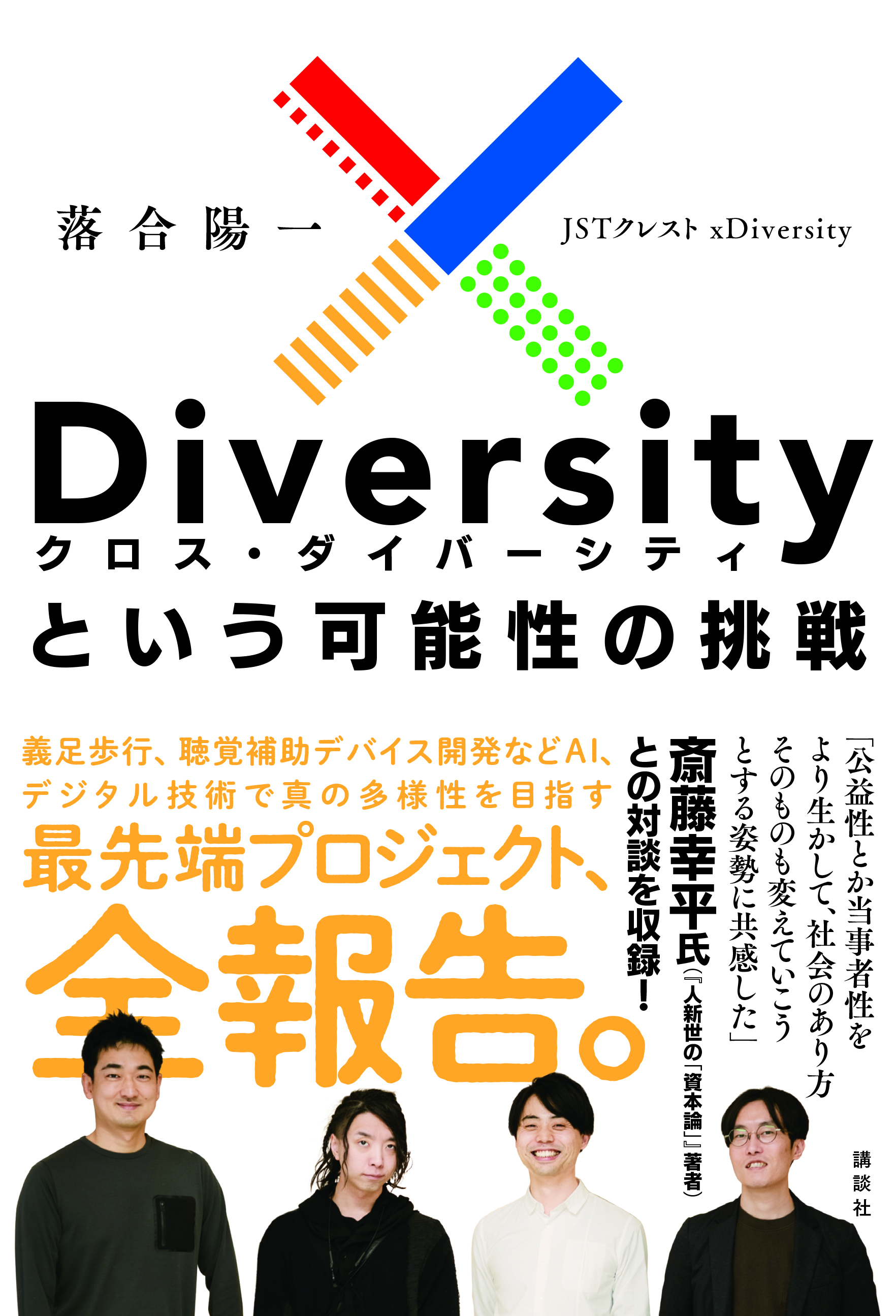
Title
Universal Design no Kiso to Jissen (Universal Design Fundamentals and Practice - Considering Spatial Design from a Human Sense)
Size
168 pages, A5 format
Language
Japanese
Released
October, 2022
ISBN
9784306073562
Published by
Kajima Institute Publishing Co., Ltd.
Book Info
See Book Availability at Library
Japanese Page
The rapid aging of the population in Japan, which is unprecedented in the world, has led to the establishment of various laws and guidelines related to barrier-free and universal designs so that people with needs different from the “average person” due to aging or disability can live in cities without difficulties. This involved the installation of elevators and escalators, blocks (commonly known as braille blocks) for guiding the visually disabled persons, platform doors, and toilets to meet various needs at major transportation hubs. When Japan decided to bid for the 2020 Olympic Games in 2013, barrier-free standards for hotels, stadiums, small stores, and other facilities were also revised, and barrier-free universal design in cities and architecture progressed formally at an unprecedented pace. However, it is evident that, according to users with actual diverse needs, many barriers remain in cities and architecture, causing inconvenience, anxiety, or danger in various everyday situations.
A related event: due to the reduction or temporary turning off of lights to save electricity immediately after the Great East Japan Earthquake in 2011, visually disabled people spoke of no longer being able to walk along routes that they normally could. This suggests that visually disabled persons themselves were unaware that lighting, which they did not usually think of as a tool, was significant to them when walking. Designers who had considered that installing blocks and sound signs to guide the visually disabled persons would be enough were prompted by this incident to reconsider effective environmental improvement methods.
Against this background, researchers, architects, designers, and people with disabilities affiliated with the Association for an Inclusive Society gathered to set up the “Special Research Committee on Bodies and Space.” To further promote universal design in cities and architecture, the research committee recognizes the need to go back to the “human body” to determine how people use the information and what is the necessary appropriate environment and brought in various research results and practices to promote environmental improvement based on evidence, and exchanged opinions on the basis and effects. This book is a rewrite of the contents of these discussions in a format even beginners will be able to grasp.
This book is divided into a "Basics" section and a "Practical" section. The former explains how people receive information from the senses of sight, hearing, and touch, and how they perceive space. In the latter, the authors explain the concept of universal design practice based on the reception of these ideas, using exceptional examples. The authors hope that this book will provide valuable insights to readers and inspire them to discover new ways of thinking about cities and architecture.
(Written by MATSUDA Yuji, Associate Professor, School of Engineering / 2023)
Related Info
MATSUDA Yuji “Reducing barriers with architecture” (The University of Tokyo | YouTube Feb 28, 2020)
https://www.youtube.com/watch?v=2J7vvfBPJZU



 Find a book
Find a book




